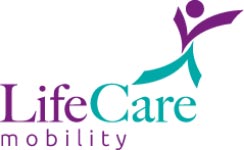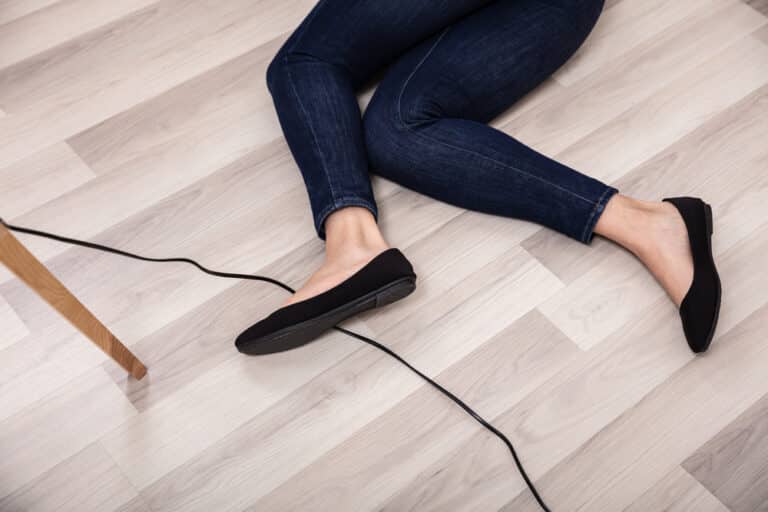Your home is your sanctuary. It is a place of comfort and safety. However, lurking within the cozy confines of your living space are potential tripping hazards that can turn your haven into an accidental obstacle course. Identifying and addressing these dangers is crucial to ensure a secure environment for you and your loved ones. This is an especially important task if there are seniors living in your home.
What are the most common tripping hazards that are found in the home?
Loose or uneven flooring.
It should go without saying that in order to mitigate the risk of trips and falls, your home’s flooring should be level. However, common tripping hazards include frayed carpet edges, buckled areas of hardwood and loose tiles. They may seem like minor imperfections. However, if they aren’t remedied, they can quickly become major hazards. It’s important to regularly inspect and repair any loose edges or uneven surfaces to prevent potential stumbles.
Be wary of the rugs and mats you place throughout your home as well. Rugs without non-slip backing can easily slide or bunch up. As a result, they create potential stumbling blocks. Ensure that all of the rugs and mats in your home are equipped with non-slip backing. Alternatively, you can use rug pads to secure them into place. This simple addition can prevent slips and trips, making your home safer and more secure.
Poorly placed furniture.
You may absolutely adore your home’s decor, especially if you’re the person who designed it. While your furniture pieces may be beautiful, their positioning can cause problems. To make your home less hazardous, arrange your furniture in a way that promotes smooth traffic flow. Be mindful of the protruding corners of coffee tables. Be sure to tuck chairs neatly under tables. Try to arrange your furniture to create a more spacious living environment.
With that said, consider it mandatory to eliminate any cluttered pathways in your home. In addition to misplaced furniture, toys, shoes, books and clothing can obstruct walkways and become unsuspecting trip triggers. Take the time to declutter your home regularly. Create clear and open pathways for safe navigation. Encourage your family members to pick up after themselves, minimizing the risk of tripping over misplaced items.
Tangled cords and wires.
Yes, many of our modern gadgets are wireless. But wireless technology requires cables that can charge them up for use. Of course, we also still use a multitude of devices that require being plugged in. That means there are likely many cords and wires in your household. When left unmanaged, they can transform into treacherous tripwires. Use cable organizers to keep cords neatly bundled and secured, reducing the risk of tripping and falling.
While you’re at it, make sure that your home is well-lit so that all of its inhabitants can see any potential tripping hazards in front of them. Dimly lit hallways, stairs or corners can obscure these hazards. Evaluate the lighting in your home, paying special attention to areas where natural light may be limited. Install additional lighting fixtures or use lamps strategically to brighten up darker spaces.
Stairs.
No matter how free of debris or well-lit your staircase is, it can still present a hazard for those who have mobility issues. By installing a stair lift, you can ensure that there are no slips and falls on the stairs. Please don’t hesitate to contact LifeCare Mobility Solutions to learn all about our high-quality stair lifts. Call 416-267-9800, email info@lifecaremobility.ca or fill out the form on our Contact page!










